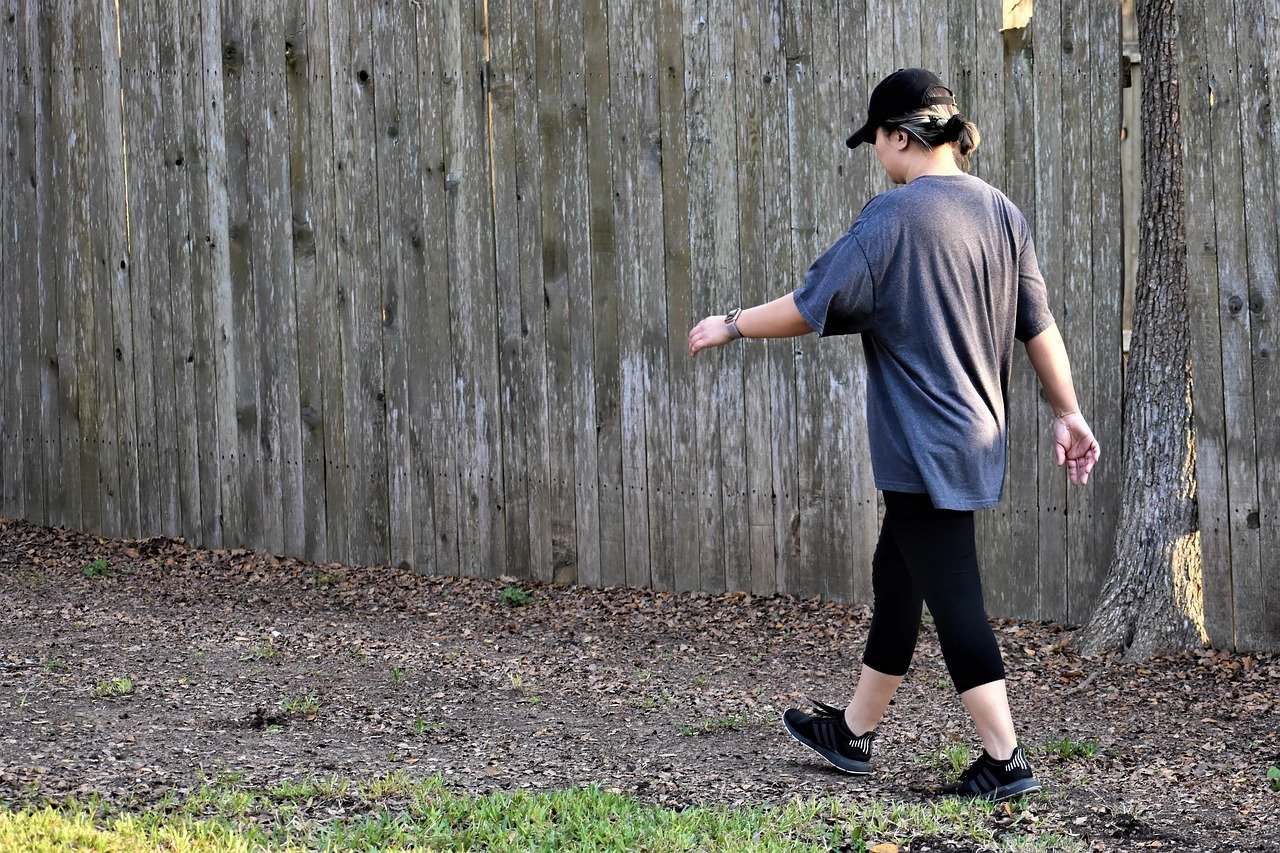Taking long walks might be one of the simplest ways to improve your health and extend your life. Recent research shows that adults who walk for more than 10 minutes at a time have a much lower risk of heart disease and early death compared to those who take shorter walks. The duration of your walks, not just the number of steps, can make a big difference in your overall well-being.
Many people focus on reaching a specific step goal, such as 10,000 steps per day, but experts suggest that the quality and consistency of your walking routine matter even more. Walking for longer periods helps build heart strength, improve circulation, and reduce stress on the body. It’s not only about being active – it’s about how long you stay active at once.
Around one – third of adults globally don’t get the recommended 150 minutes of physical activity each week. this lack of movement increases the risk of heart problems, poor sleep, and even early mortality. But the good news is that walking is an easy, low-impact exercise that can be done anywhere and by anyone, regardless of age or fitness level.
Building Endurance Gradually
Just like building muscle strength takes time, improving your walking capacity requires gradual effort. Start with short walks and slowly increase the duration each week. Walking for 20 to 30 minutes at a time may seem easy at first, but the goal is to work toward 40 to 60 minutes of continuous movement. Over time, this consistency builds stamina and heart strength, helping your body function more efficiently.
Why Long Walks Are Good for the Heart
Regular walking improves blood circulation, lowers blood pressure, and helps control blood sugar levels – all essential for a healthy heart. Longer walks also stimulate the heart more effectively and engage muscles throughout the body. This kind of movement helps strengthen the cardiovascular system, reducing inflammation and improving energy levels.
Walking also supports better oxygen flow, lowers stress, and promotes relaxation. When done regularly, these benefits add up to a stronger, heathier heart and better overall fitness.
Making Walking Part of Daily Life
For those who live a sedentary lifestyle, the idea of long walks might feel overwhelming, but small changes can make it easier. Try parking a little farther away from your destination, taking short walking breaks during your workday, or going for a quick stroll after meals. Even light activity such as “cozy cardio” – gentle exercise done at home – can help you stay consistent.
Focus on your posture as you walk. Stand tall, keep your shoulders relaxed, and swing your arms naturally. This helps improve balance, prevents back pain, and makes breathing easier. Walking is a full-body movement – not just for your legs.
The Power of Consistency
Consistency is key to seeing results. Aim for at least 30 minutes of brisk walking daily, at a pace that makes you slightly breathless but still able to talk. Other simple activities, such as cycling, planks, or wall sits, can also improve heart strength when combined with regular walks.
Over time, long walks help build endurance, increase energy, and strengthen both your heart and body. Even a few longer walks each week can significantly improve your health and lower your risk of cardiovascular disease.
Walking is more than just a casual activity – it’s a powerful tool for better health and a longer life. You don’t need fancy equipment or gym memberships to see results. All it takes is time, consistency, and a commitment to move a little more each day. Whether it’s a quiet morning stroll or an evening walk, every step you take brings you closer to a healthier heart and a happier, longer life.


















